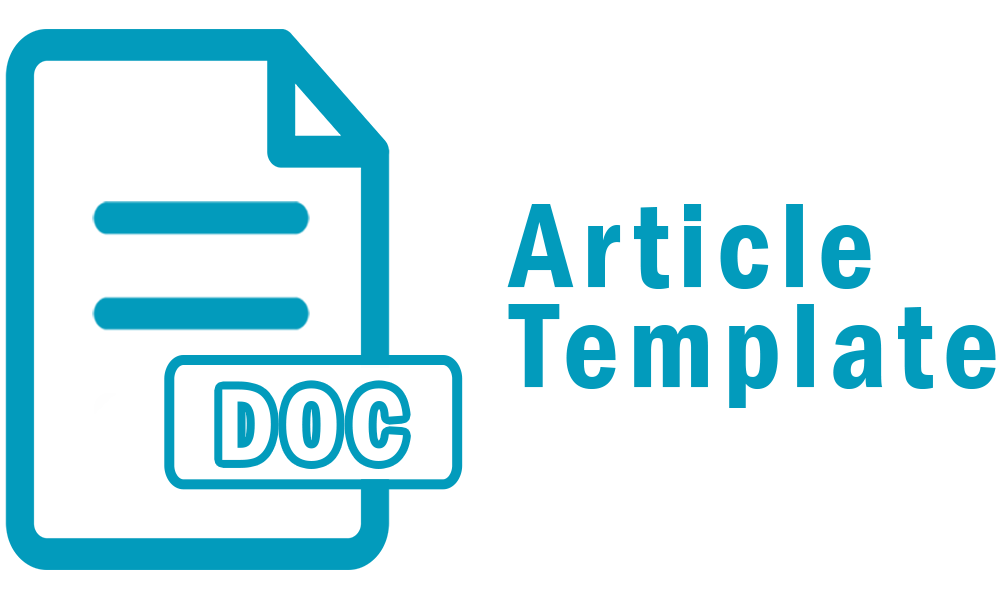PENERAPAN SISTEM MANAJEMEN MUTU ISO 9001:2015 UNTUK MENINGKATKAN KUALITAS DAN DAYA SAING PERUSAHAAN X
DOI:
https://doi.org/10.46961/jpk.v3i1.788Abstract
Abstrak
Penerapan standar manajemen mutu ISO 9001-2015 pada perusahaan dapat menjadi antisipasi dari tidak standarnya produk yang dihasilkan yang menjadikan perusahaan sulit bersaing dengan perusahaan sejenis dan kurangnya kepercayaan konsumen terhadap produk yang di hasilkan. standar manajemen mutu ISO 9001-2015 adalah unsur memegang peranan penting dalam peningkatan kualitas, produktifitas dan kesehatan tenaga kerja. ISO 9001:2015 adalah keluarga dari sistem standar manajemen mutu yang dirancang untuk membantu organisasi dalam memastikan bahwa organisasi dapat memenuhi kebutuhan pelanggan dan stakeholdernya (Putra, 2021). Pelatihan mengenai sistem manajemen mutu ISO 9001-2015 di PT X untuk menambah kemampuan bagi karyawan menciptakan sistem kerja terbaik dengan prinsip perbaikan berkesinambungan, meningkatkan image perusahaan, peningkatan sense of belonging, efisiensi dan mengurangi waste, dan meningkatkan tanggung jawab setiap karyawan di tempat kerja, dan menambah kemampuan dan pengetahuan bagi karyawan PT X dari yang sebelumnya hanya 33% yang memahami meningkat menjadi 100%, sehingga para karyawan mampu mengimplementasikan Sistem Manajemen Mutu ISO 9001:2015 dengan baik di perusahaan.
Kata Kunci: ISO; Manajemen Mutu; Industri; Standar; K3; Peningkatan; Perusahaan; Produk
Abstract
The application of ISO 9001-2015 quality management standards to companies can be an anticipation of non-standard products which is difficult for companies to compete with similar companies and a lack of consumer confidence in the produced products. ISO 9001-2015 quality management standard is elements that play an important role in improving the quality, productivity, and health of the workforce. ISO 9001:2015 is a family of quality management standard systems designed to assist organizations in ensuring that organizations can meet the needs of their customers and stakeholders. Training on the ISO 9001-2015 quality management system at PT X add insight for employees to create the best work system with the principle of continuous improvement, improving corporate image, increasing sense of belonging, efficiency and reducing waste, and increasing the responsibility of each employee at work, and adding skills and knowledge to PT X employees from previously only 33% who understood increased to 100%, so that employees are able to properly implement the ISO 9001: 2015 Quality Management System in the company
Keywords: ISO; Quality Management; Industry; Standard; K3; Enhancement; Company; ProductReferences
Crismanto, Y. & Noya, S. 2018. Analisis Kesenjangan Terhadap Penerapan Sistem Manajemen Mutu Iso 9001:2015 Pada Cv. Tirta Mangkok Merah. Jurnal Kurawal Teknologi, Informasi, dan Industri , 1(2)
Putra, M. F., dkk. 2021. Pelatihan Awareness Iso 9001:2015 Di Pt Citra Abadi Sejati. Pro Bono Jurnal Pengabdian Kepada Masyarakat 1(1)
Ramadhany, FF & Supriono. (2017). Analisis Penerapan Sistem Manajemen Mutu ISO 9001-2015 Dalam Menunjang Pemasaran (Studi pada PT Tritama Bina Karya Malang). Jurnal Administrasi Bisnis Universitas Brawijaya Malang (JAB) 53(1)
Wicaksono, S. P., & Wacono, S. 2021. Analisis Penerapan Sistem Manajemen Mutu ISO 9001:2015 Terhadap Kinerja Biaya Mutu Pada Proyek UIN Sulthan Thaha Saifudin Jambi. Jurnal Ilmiah Rekayasa Sipil 18(1)
Downloads
Published
How to Cite
Issue
Section
Citation Check
License
Authors who publish in Jurnal Pengabdian Kepada Masyarakat agree to the following terms:
- Authors retain copyright and grant the journal right of first publication with the work simultaneously licensed under a Attribution-ShareAlike 4.0 International (CC BY-SA 4.0) License that allows others to share the work with an acknowledgment of the work's authorship and initial publication in this journal.
- Authors are able to enter into separate, additional contractual arrangements for the non-exclusive distribution of the journal's published version of the work (e.g., post it to an institutional repository or publish it in a book), with an acknowledgment of its initial publication in this journal.
- Authors are permitted and encouraged to post their work online (e.g., in institutional repositories or on their website) prior to and during the submission process, as it can lead to productive exchanges, as well as earlier and greater citation of published work (See The Effect of Open Access).










